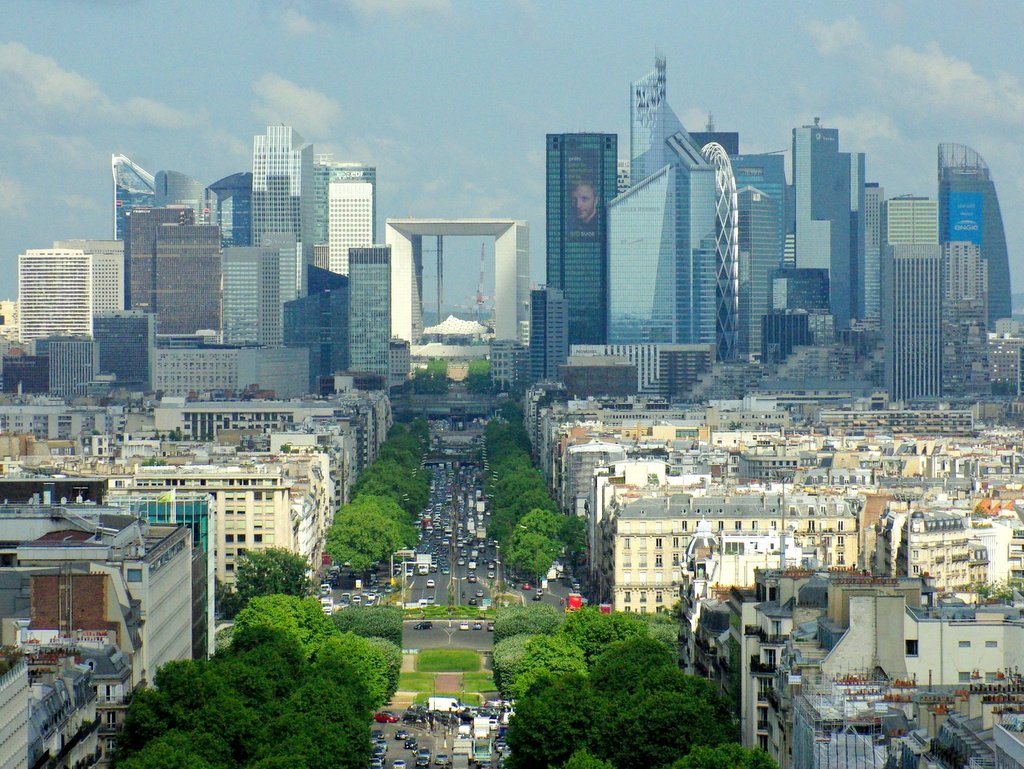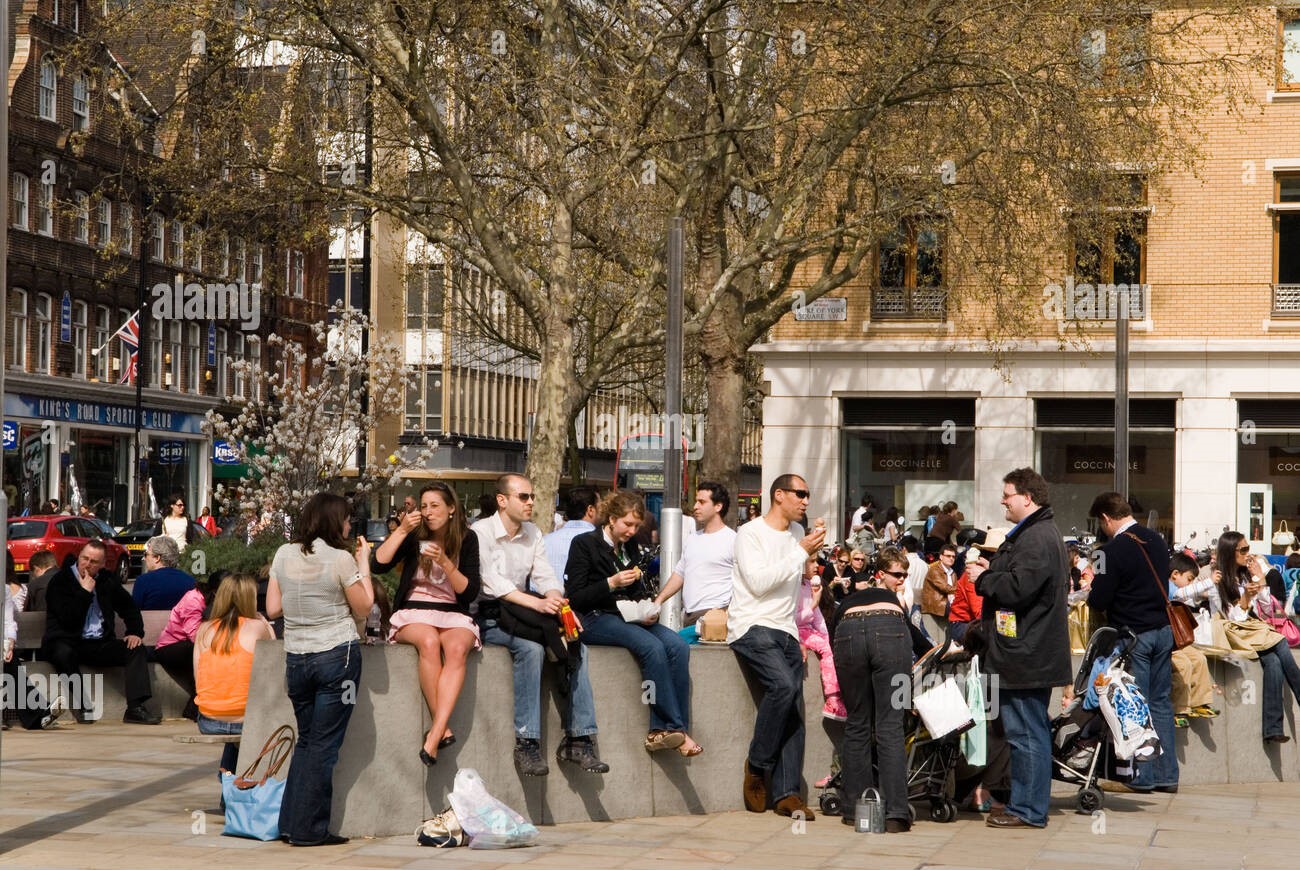The salient mode and hidden mode of urban environment cognition and development
In Penn’s study of shared cognition of urban environment in 2018, he proposed that the built environment is a part of the cognitive mechanism of the human community and contributes to social evolution (Penn, 2018). Based on his idea, he further mentioned that humans make meanings when experiencing the physical world and these meanings are reconstructed in the minds of all the community members when they live with the built environment (Penn, 2018). In other words, the built environment strengthens social solidarities through meanings, based on individuals’ cognition of the physical environment.
On the one hand, we may understand the “meaning” proposed by Penn as the symbolic characteristics of the built environment. Such symbolic characteristics are usually very influential and representative in a region, and ultimately strengthen the community connection by strengthening individuals’ cognition of the place. From the urban scale, typical cases are like the Eiffel Tower, Arc de Triomphe and the historical axis in Paris, as shown in Fig.1. From a micro perspective, typical examples may be the only teahouse in a residential area, an old church in a neighborhood, etc. Such a kind of urban environment recognition may be named the salient mode, as the meaning of the built environment can always be clearly expressed, understood, discussed and disseminated by community members in the place because of its symbolic given by its specific cultural background, innovative architectural form, unique function, etc.


From the other perspective, “meaning” may refer to a coexistence mechanism that people do not easily notice, which is the virtual community mentioned by Hillier in his book Space Is the Machine (Hillier, 1996, p169). Based on Hillier’s idea, the spatial design of the built environment creates a basic pattern that determines how likely people are to meet in a particular place and ultimately affects the co-presence and co-awareness in the community (Hillier, 1996, p169). For example, the integration of a particular space in a residential area is very high, which causes people to gather here, chat, and even hold various activities, and finally, members in the community gradually have cognition of such a lively community space, as shown in Fig.2. Such a cognitive mechanism of urban environment may be called the hidden mode, because people often do not know why people gather here and how such a situation is formed.

Under the salient mode, the design of planners is often preconceived in the evolution and development of the entire urban environment. Urban planning is often based on symbolic meaning in such a situation, and there is no calculation to prove which configuration is better. The original symbolic features would be destroyed or retained, while the new symbolic features in the urban environment, combining inheritance and innovation, would be created one by one, completing the evolution of the urban environment.
The invention of space syntax provides a hidden mode perspective for urban planning and design, allowing urban planners to begin to understand the potential impact of space configuration and incorporate it into design considerations, as shown in Fig.3. From a cognitive point of view, such an invention is revolutionary. It improves our understanding of cognitive mechanism of human communities and will play an important role in the evolution of the urban environment in the future.
Reference
Penn, A., 2018. The city is the map: Exosomatic memory, shared cognition and a possible mechanism to account for social evolution. Built Environment, 44 (2). p.162-176.
Hillier, B., 1996. ‘Can architecture cause social malaise?’, in Space Is the Machine. Cambridge: Cambridge University Press. p.138-170.